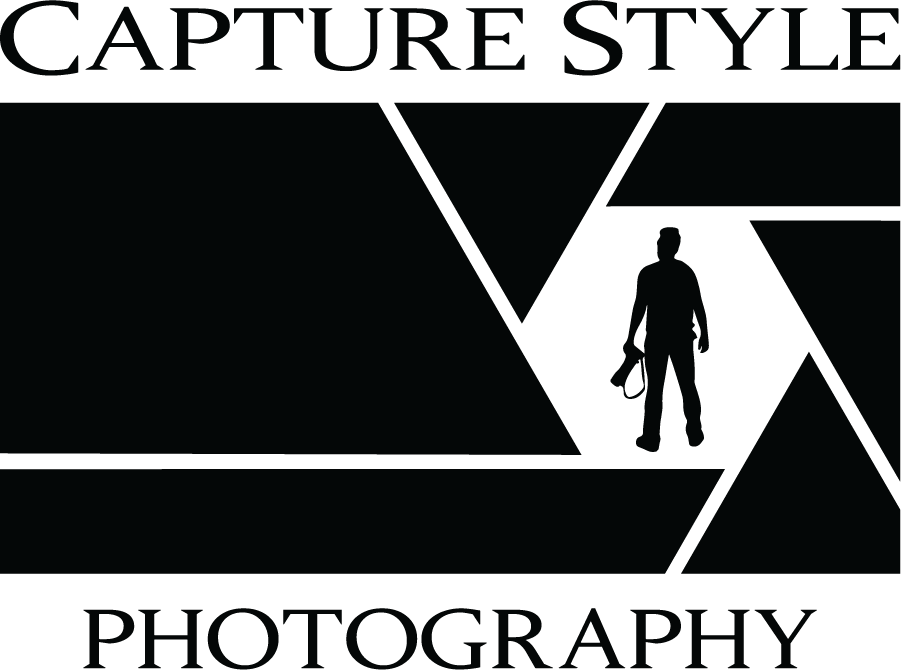The Silent Seduction: Decoding the Psychology of Headshots
In today's digital age, a headshot is more than just a picture – it's a potent tool for making a powerful first impression. Beyond technical aspects like lighting and composition, headshots tap into the realm of nonverbal communication, influencing how we perceive and connect with others. Understanding the psychology behind headshots can empower you to craft an image that not only looks good but also conveys the right message.
The Power of Expression: What Your Face Says
Our facial expressions are a universal language, instantly conveying a wealth of information about our emotions, personality, and even competence. Here's how different expressions can influence how you're perceived in a headshot:
Genuine Smile: A warm, authentic smile is a winner. It radiates approachability, friendliness, and puts viewers at ease.
Confident Expression: A subtle, confident expression projects self-assuredness and competence. It can be achieved through a direct gaze, slightly raised chin, and relaxed posture.
Neutral Expression: Don't underestimate the power of neutrality! A neutral expression conveys professionalism and seriousness, making it ideal for corporate profiles or those seeking to project a sense of authority.
Reflective Look: A thoughtful, contemplative gaze can suggest intelligence and analytical thinking. This expression is perfect for those in academia, research, or strategic leadership roles.
Remember: Authenticity is key. A forced smile or overly serious expression can appear disingenuous and create a disconnect with the viewer.
The Eyes Have It: Windows to the Soul
The eyes are often considered the windows to the soul, and in headshots, they play a crucial role in establishing connection. Here's why:
Direct Eye Contact: Direct eye contact fosters trust and credibility. It shows you're engaged with the viewer and open to communication.
Warm Eye Contact: Combine direct eye contact with a soft focus for a warm and inviting look. This can be particularly effective for building rapport in client-facing roles.
Eye Placement: The placement of your eyes within the frame can also subtly influence perception. Centered eyes create a balanced and approachable feel, while slightly off-center eyes can add a touch of intrigue.
Remember: Avoid looking away from the camera or appearing shifty-eyed, as this can create a sense of unease or lack of confidence.

